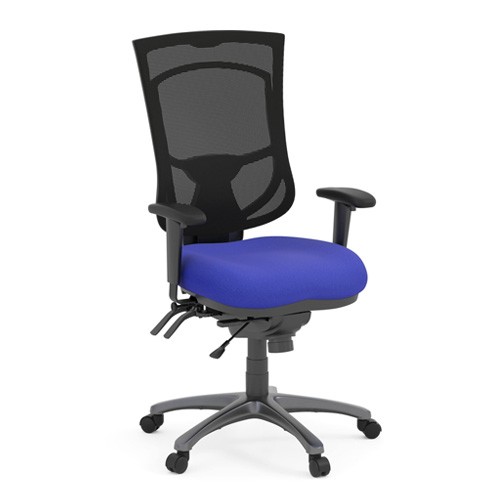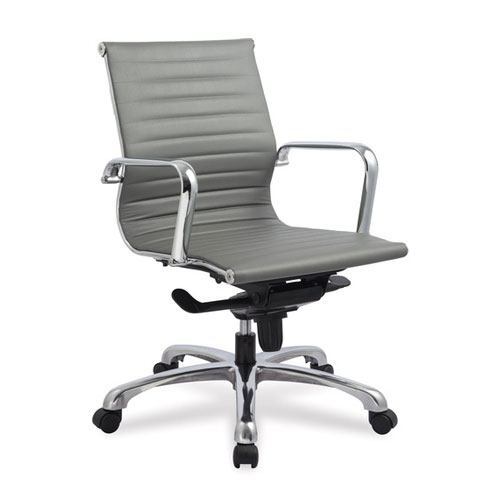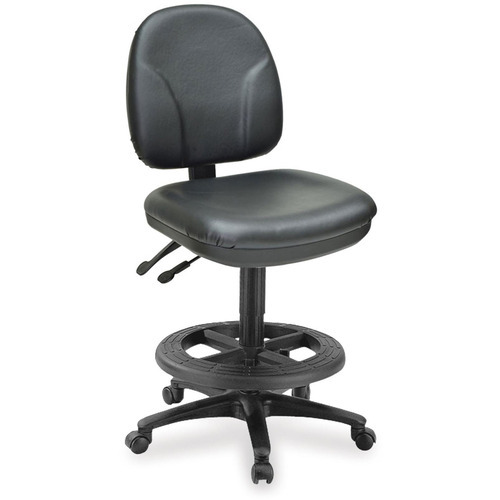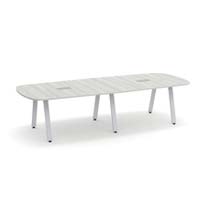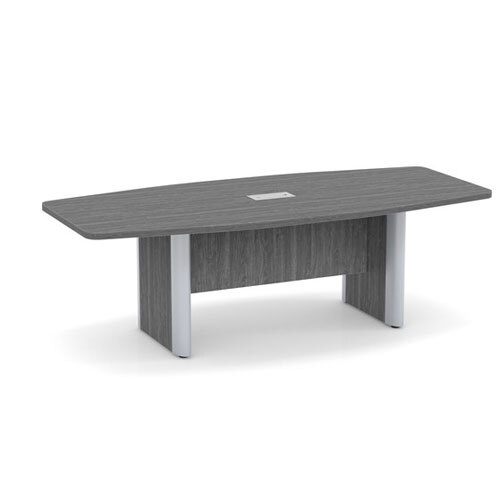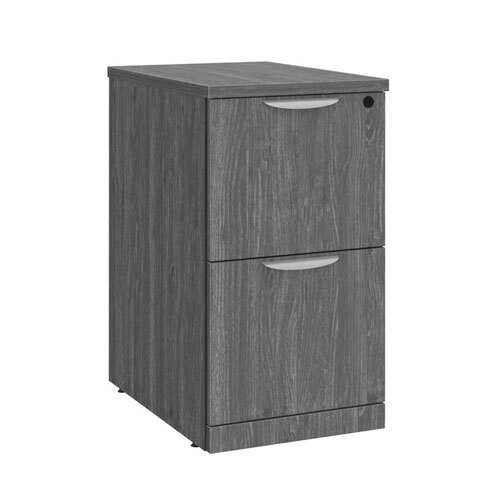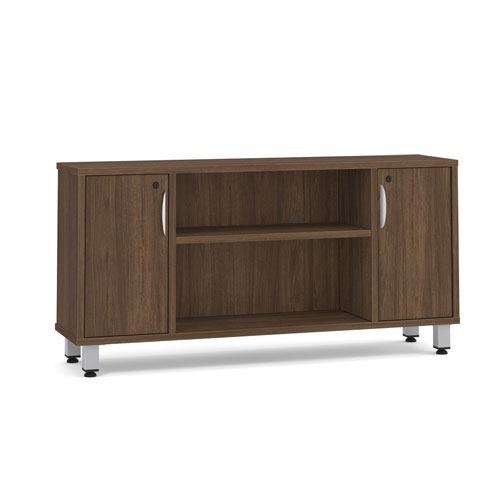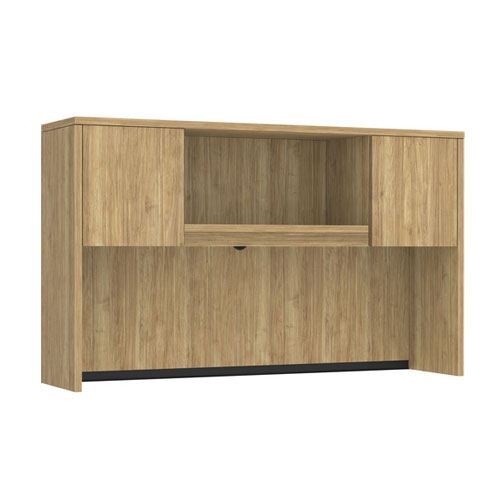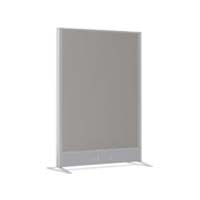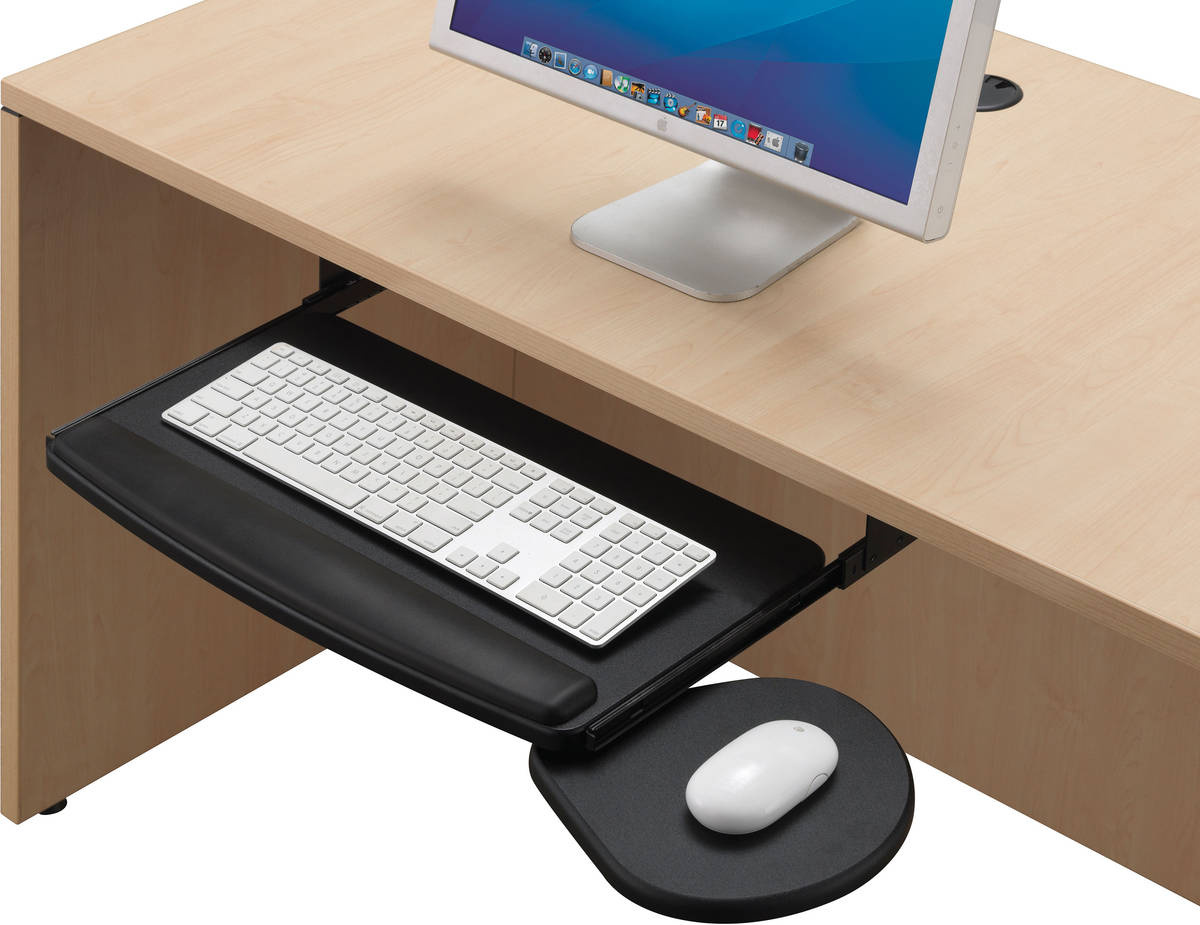Office Guest Chairs & Seating
Shop All Office Guest Chairs & Seating
Aero Stackable Guest Chair without Arms - Black Antimicrobial Vinyl
p/n: 3129GBLACKU164
Aero Stackable Guest Chair with Arms - Black Antimicrobial Vinyl
p/n: 3128GBLACKU164
Ashton Sled Base Guest Chair without Arms - Synthetic Leather
p/n: 2739BLKLEATHER-BL
Agenda II Nesting Chair Without Arms - Black Antimicrobial Vinyl
p/n: CHK32740BLKEU01
An inviting environment for your office starts with guest seating. What better way to welcome in guests, clients, and patients alike than with guest chairs that combine comfort, style and practicality? It's a great way to tell them you're excited to do great work together.
Why Choose Source Office Furniture
At Source, we’ve had the pleasure of helping businesses across Canada create welcoming environments for their guests and team members. With expert advice for any room in your office, we can help you create spaces that set the scene for smooth interactions and effective collaboration.











